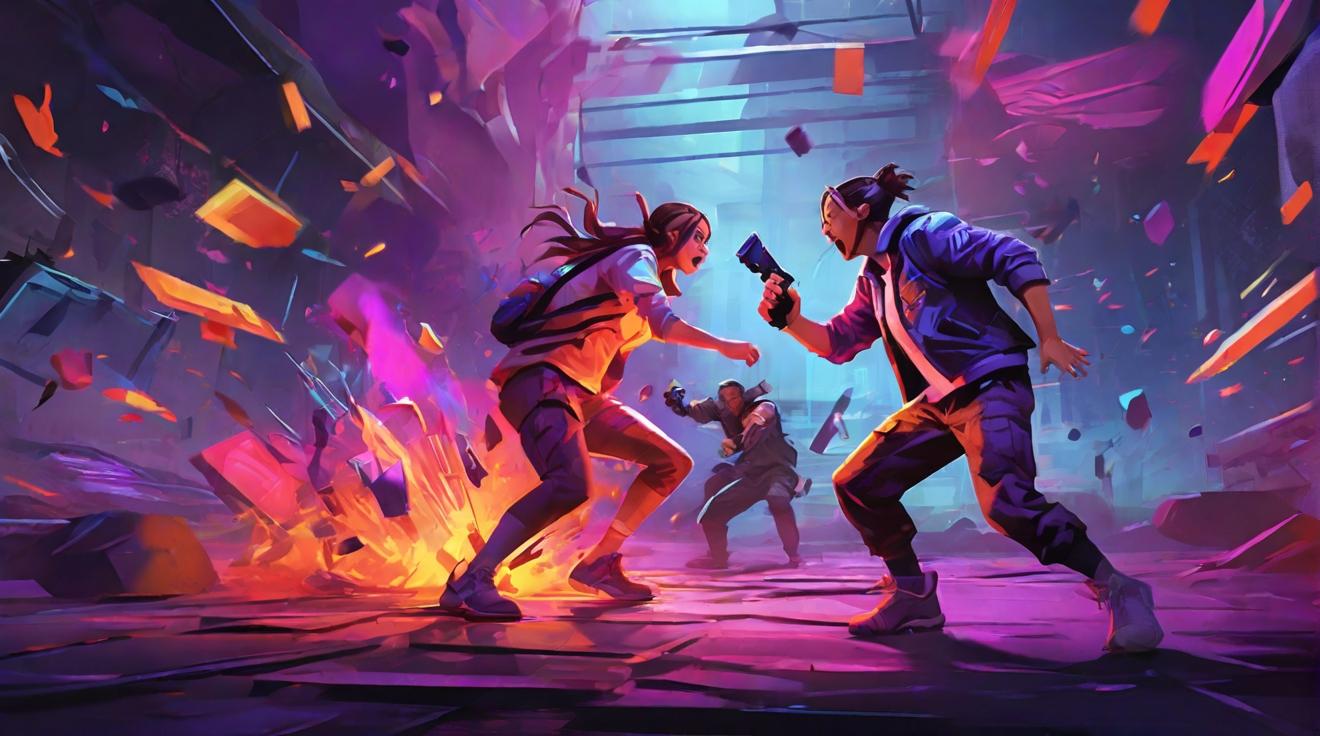Adobe Animate vs. Moho (Anime Studio): Animation Software and Creativity SWOT Comparison
In the animation software industry, two giants stand tall: Adobe Animate and Moho (formerly known as Anime Studio). Both tools offer robust features that cater to professionals and hobbyists alike, but how do they square off in a head-to-head comparison? In this analysis, we explore the strengths, weaknesses, opportunities, and threats (SWOT) associated with each platform, providing insights into the best fit for your creative endeavors.
Adobe Animate: A Comprehensive Tool for Web-Based Projects
Adobe Animate, part of the Adobe Creative Cloud suite, excels in creating vector-based animations for websites, online ads, and interactive media. With its industry-standard status, it offers a plethora of features, including integration with other Adobe products, which enhances the workflow for users already embedded in the Adobe ecosystem.
Strengths:
- Versatility in creating both vector and raster graphics, making it a powerhouse for web animations.
- Integration with Adobe Creative Cloud apps enhances productivity and creative possibilities.
- Extensive community and support, including tutorials and forums, aiding new users in mastering the tool.
Weaknesses:
- Subscription model can be costly over time, posing a barrier for freelancers and small studios.
- Learning curve is steep, which may deter beginners from fully utilizing its capabilities.
Opportunities:
- Growing demand for web animations and interactive content opens vast opportunities for Adobe Animate users.
- Continuous updates and new features from Adobe could expand its usability and efficiency.
Threats:
- Competition from free or lower-cost alternatives may impact Adobe Animate's market share.
- Rapidly changing web standards require constant updates, risking obsolescence if not maintained.
Moho (Anime Studio): Specialized in Bone-Rigging and 2D Animation
Moho, renowned for its bone-rigging system, is a favorite among 2D animators. It offers a unique set of tools tailored for creating detailed and fluid character animations, making it a go-to for television, film, and online content creators.
Strengths:
- Specialized bone-rigging tools and vector drawing capabilities streamline the animation process.
- One-time purchase option appeals to users averse to subscription models.
- Smart Bones™ feature allows for more realistic and complex animations with less effort.
Weaknesses:
- Niche focus on 2D animation may limit its appeal to users seeking versatility in 3D projects.
- Smaller user community compared to Adobe Animate, which can affect the availability of third-party resources and support.
Opportunities:
- The rise of indie game development and online video content can drive demand for accessible yet powerful 2D animation tools.
- Potential for growth in educational and e-learning sectors, where 2D animations are frequently utilized.
Threats:
- The evolving landscape of animation technology may require more frequent and substantial updates to stay competitive.
- Competition from other 2D animation software, offering similar or more innovative features, could impact Moho's market position.
Conclusion: Tailoring the Choice to Your Creative Needs
Both Adobe Animate and Moho offer unique advantages tailored to specific types of projects and user needs. Adobe Animate's versatility and integration with other Adobe products make it an ideal choice for web-based animations and multimedia content. On the other hand, Moho shines in 2D character animation, with its specialized tools offering a streamlined workflow for animators focused on character-driven stories.
Ultimately, the choice between Adobe Animate and Moho will depend on your project requirements, budget constraints, and personal preference for workflow and user interface. By analyzing the SWOT of each platform, you can make an informed decision that best supports your creative ambitions in the dynamic world of animation.













